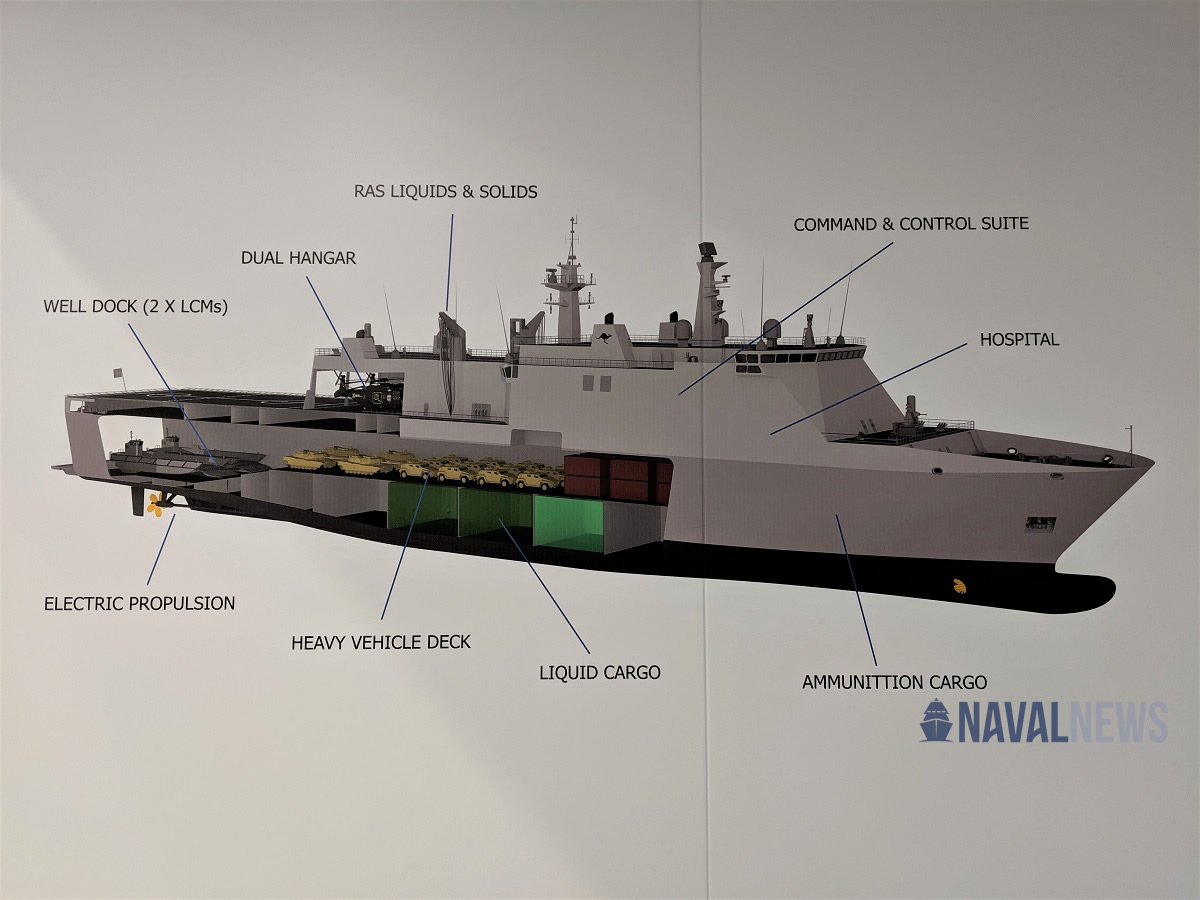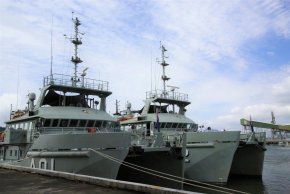Gryphinator
Active Member
Why don't you want anymore Navantia ships? Too much market share here or just badly made?Please no, no more Navantia ships.Navantia had a JSS model for some future RAN project. It was also hunting for malaysian multirole project.

PACIFIC 2019: Navantia Australia Unveils Joint Support Ship Design - Naval News
At PACIFIC 2019, the naval defense exposition held last week in Sydney, Australia, Navantia Australia, the local branch of Spanish shipbuilding group Navantia, unveiled a new Joint Support Ship (JSS) design for both the domestic and export market.www.navalnews.com
The crew of that is ~160, so about half of the Doorman. The Malaysian multirole ship Damen put forward the enforcer 10000 design, which is a LPD, and doesn't seem to have any AOR capability.
Damen has what is reported to be a very capable ship in HNLMS Karel Doorman. We should do a deep dive (as much as commercial in-confidence contracts will allow) into of the problems dealt with by Serco in the acquisition and delivery of RSV Nuyina and MV Sycamore and compare that to the problems we have faced dealing with Navantia before we decide to just go with the Devil we know.
As I'm sure it will be bought up; HNLMS Karel Doorman is a BIG ship, on par with the LHD's. If it was decided it's more ship that we want then I am sure Damen would be able to modify their Rotterdam class to suit our requirements. Much the same as Navantia Australia has done to the Galicia class for their JSS concept. Considering the Galicia and Rotterdam classes are both part of the Dutch/Spanish Enforcer family of ships.
Last edited by a moderator:

